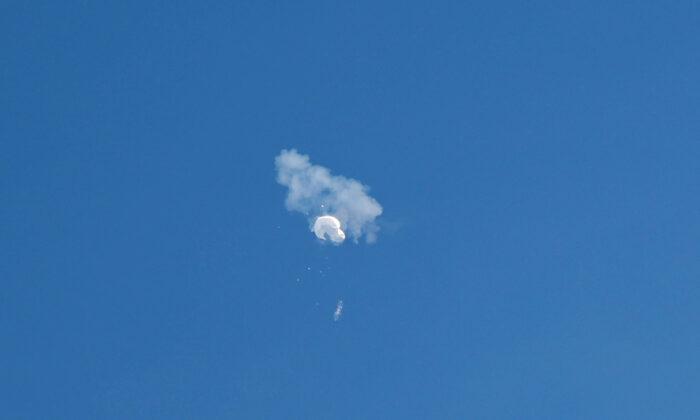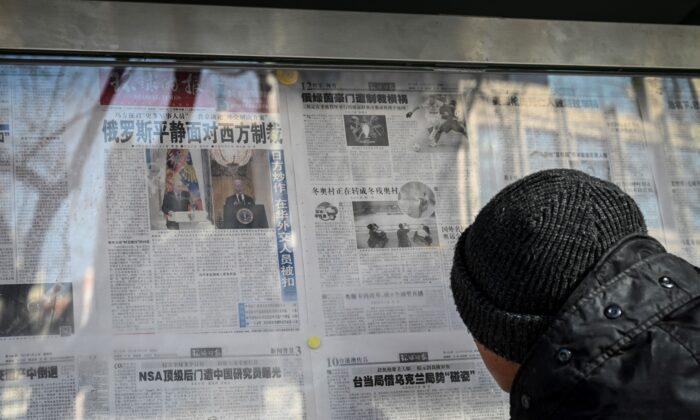The Chinese reconnaissance balloon, shot down by the U.S. Air Force last Saturday (Feb. 4), may have been just one of numerous planned incidents by Beijing aimed at increasing its bargaining power in the negotiations scheduled with U.S. Secretary of State Antony Blinken for this week.
Blinken was supposed to visit Beijing on Feb. 5, but had to cancel the trip at the last minute in the face of a heated public outcry over China’s intrusion into U.S. airspace. His trip was originally arranged during a meeting between Chinese leader Xi Jinping and President Joe Biden at last November’s G20 summit in Indonesia.
To understand why Beijing’s leaders have decided to take the risk of provoking anger from the American public by sending an airship into U.S. airspace, it is necessary to review how Blinken’s visit to Beijing was originally arranged.
The focus of the Biden and Xi meeting last November was about the security of Taiwan. Therefore, Blinken’s visit to Beijing was supposed to be a follow-up event that would see both sides arrange further security details to ensure peace in the Taiwan Strait.
However, Taiwan has been a red-line subject for the Chinese regime. Beijing did not want to risk seeing Blinken walk away from the negotiation table with some sort of temporary peace deal on the Taiwan Strait without paying a very high price.
Following the approach of Beijing’s so-called wolf-warrior diplomacy, the Chinese leadership strategically planned a series of incidents after the G20 meeting, with the purpose of creating a high price tag for Blinken’s negotiations in Beijing.
The median line of the Taiwan Strait is considered a de facto border line between China and Taiwan.
No. 1 Red Line
On Jan. 30, just days before Blinken’s scheduled visit per the original arrangement, China’s Foreign Ministry spokeswoman Mao Ning said that Taiwan is “the No. 1 red line” for the Chinese regime, and stated that Blinken should not expect he can cross the line.Mao also charged the United States with triggering the Russia–Ukraine War and creating the conditions for it to last so long.
Alongside Beijing’s other posturing activities, the spy balloon incident could be its latest one designed to test the U.S. government’s strength, and to ensure that Blinken would pay a high price when sitting at the negotiation table in Beijing.
China’s economy, recently reopened after more than 3 years of lockdowns under the regime’s strict zero-COVID policy, is facing a huge uphill battle. In the past few years, the U.S. government has also increased sanctions against dozens of Chinese tech companies with ties to the Chinese military. Beijing wants better trade terms with the United States and hopes to pressure Blinken into easing sanctions on Chinese tech firms.
However, Beijing miscalculated one thing: the weight of American public opinion.
Beijing leaders never take any of their own citizens’ public opinions to heart, because in China, the regime can easily censor public opinions and bring them under the regime’s control.
The Chinese Communist Regime (CCP) did not expect to see such huge public pressure on Biden and Blinken after Americans learned there was a Chinese spy balloon flying in their skies.
Americans’ public outcry became the last straw, and ended any possibility of Blinken visiting Beijing last week.
Now the question becomes: will Xi still go to Moscow to meet Putin?






Friends Read Free